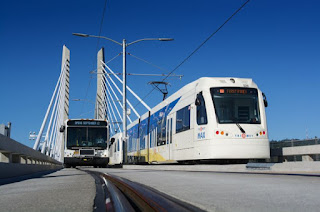A Need to Change Nursing Homes

For many, the question of how to best care for an older family member can be tricky. Seniors are a complex demographic that consists of both incredibly able individuals and those that need more consistent attention and, in many cases, medical care. In the case of the latter, families may just not have the required skills and resources needed to adequately care for the seniors in their lives and have to delegate the responsibility to others to assure their loved one’s health and safety isn’t at risk. It’s no surprise than that many families gravitate towards nursing homes and similar institutions; the service fills an ever-growing need. Society is going through a shift where the largest generation of Americans, the baby boomers, are starting to reach senior status, a demographic consisting of adults 65 and older. With this shift it is definitely worth evaluating how these institutions as a whole treat their patients. Sadly, the data in many...






